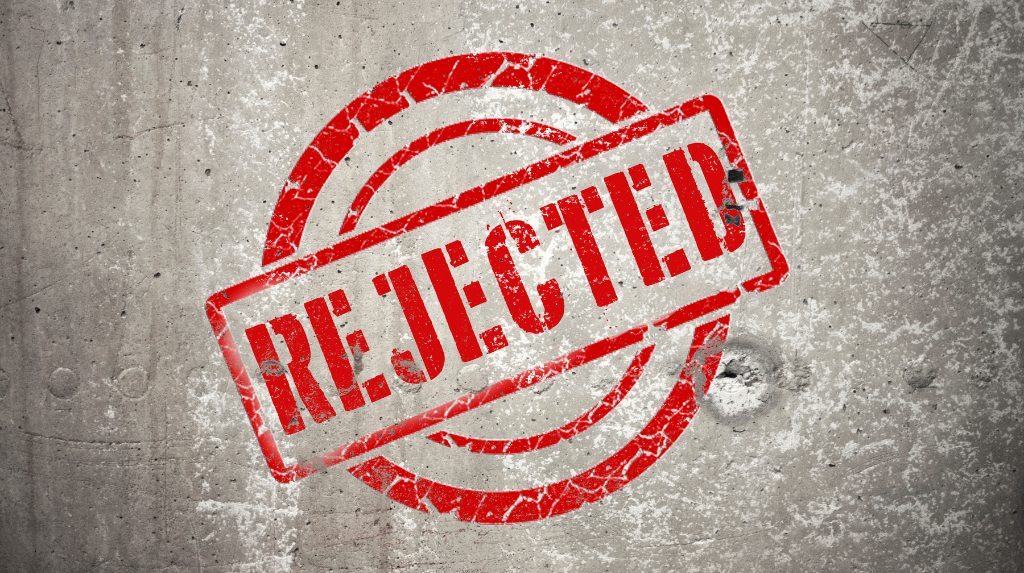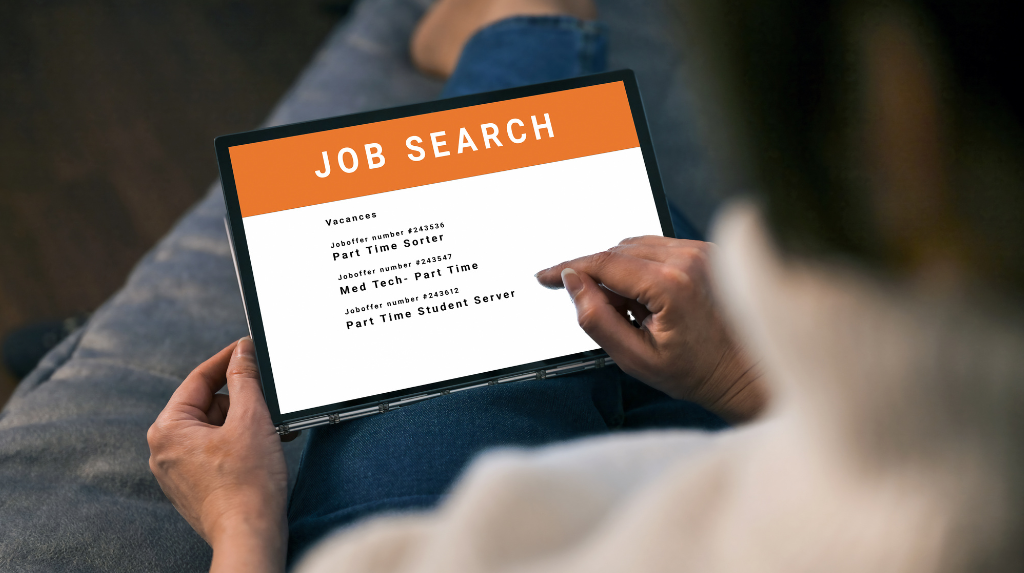Austria Visa Reapplication Timeline, Embarking on an international journey often involves obtaining the necessary visa, but what happens when your visa application is refused? The process of reapplying for an Austria visa after refusal can be a daunting task, and one of the burning questions applicants have is, “How long does it take?” In this comprehensive guide, we’ll unravel the complexities surrounding the timeframe for reapplication, offering insights and tips to navigate this challenging situation.
- Health Insurance for Austria Visa: Your Guide to Secure Travel
- Austria Medical Visit Checklist: Your Comprehensive Guide
- Which Austria Spouse Visa is Faster? A Comprehensive Guide
Understanding the Refusal Process
The Initial Setback
The first step in comprehending the time it takes to reapply is understanding the initial setback of visa refusal. When your application is denied, you receive a refusal letter outlining the reasons for the denial. This letter serves as a roadmap for your reapplication journey which could include:
Incomplete Documentation: One of the primary reasons for visa refusal is incomplete documentation. The Austrian authorities meticulously review applications, and missing or inadequate documents can lead to a swift denial.
Financial Insufficiency: Demonstrating the ability to cover the costs of your stay is crucial. If your financial documentation is unclear or indicates insufficient funds, it can be a reason for visa refusal.
Lack of Travel Insurance: Austria, like many other countries, emphasises the importance of travel insurance. Without proper coverage, your visa application may be rejected, raising concerns about your health and safety during your stay.
Dubious Travel Intentions: If the immigration authorities suspect that your intentions for visiting Austria are not genuine or align with the stated purpose, it can lead to a visa refusal. Clarity in your travel plans is paramount.
Addressing Refusal Reasons: A Step-by-Step Guide
Reviewing the Refusal Letter: Upon receiving a refusal, the first step is to carefully review the refusal letter. Understanding the specific reasons for the denial is crucial for addressing and rectifying the issues.
Seeking Clarification: If any aspects of the refusal reasons are unclear, consider reaching out to the Austrian Embassy or Consulate. Seeking clarification ensures you have a comprehensive understanding of the issues that led to the refusal.
Rectifying Incomplete Documentation: Addressing incomplete documentation involves gathering all required materials, ensuring accuracy, and presenting a thorough and well-organised application package.
Strengthening Financial Documentation: To overcome financial insufficiency concerns, provide clear and detailed evidence of your financial capacity. This may include bank statements, proof of income, or sponsorship letters.
Obtaining Adequate Travel Insurance: If lack of travel insurance was a reason for refusal, secure comprehensive coverage and include clear documentation in your reapplication to alleviate concerns about your well-being during your stay.
Clarifying Travel Intentions: Ensure your travel intentions are well-documented and align with the purpose stated in your visa application. Provide detailed itineraries, reservations, and any other supporting documents to strengthen your case.
Reapplication Timeline
Wait Period Between Applications
After a visa refusal, there’s no specific waiting period before you can submit a new application. However, rushing into a reapplication without addressing the issues that led to the initial refusal is counterproductive. It’s advisable to take the necessary time to rectify the shortcomings.
Documenting Improvements
As you prepare for reapplication, document the improvements made to address the reasons for the refusal. Whether it’s providing additional documentation, clarifying information, or enhancing travel intentions, detailed records of these improvements strengthen your case.
The Reapplication Process
Submitting a Comprehensive Application
When you feel confident in addressing the refusal reasons, submit a comprehensive reapplication. Ensure all required documents are in order, and your application reflects the improvements made since the initial refusal.
Review and Decision Time
The processing time for visa applications varies, and the review period for reapplications is no exception. Factors such as the complexity of your case, workload at the immigration office, and the thoroughness of your documentation influence the time it takes for a decision.
In conclusion, the timeline for reapplying for an Austria visa after refusal is dynamic and influenced by various factors. Taking the time to address the reasons for refusal, documenting improvements, and submitting a comprehensive reapplication are key steps in the process. While there’s no set waiting period, patience and diligence are essential for a successful outcome
Frequently Asked Questions
Can I reapply immediately after my visa is refused?
There’s no specific waiting period, but it’s advisable to address the reasons for refusal before reapplying.
How can I improve my chances of a successful reapplication?
Address the reasons for refusal, document improvements, and submit a comprehensive application.
Is there a guarantee that my visa will be approved on reapplication?
There’s no guarantee, but addressing refusal reasons and submitting a strong application improves your chances.
Can I travel to Austria while my reapplication is pending?
In most cases, it’s not advisable to travel to Austria without proper authorization during the reapplication process.
Should I seek professional help for my reapplication?
While not mandatory, seeking professional advice can enhance your reapplication’s chances of success, especially for complex cases.
Do you need support with your Austrian visa application?
Contact our team of skilled immigration lawyers to discuss your visa and immigration needs.
Call us on +234 812 5505 986 or WhatsApp us at +234 818 1547 085 for immediate assistance with your situation. We are available to assist you in person, over the phone, or online.





